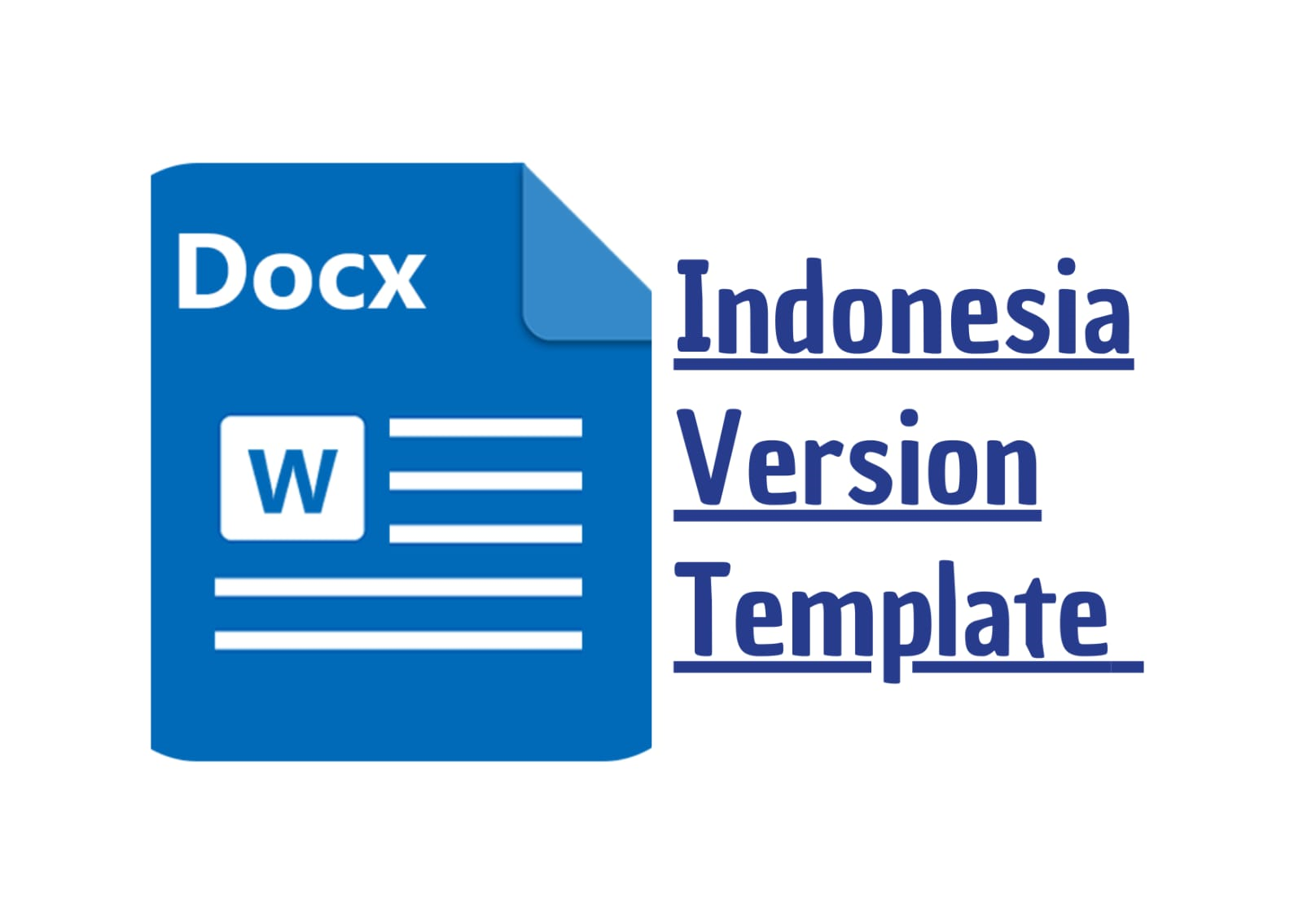Enhancing Students' Speaking Ability at SMK Jagakarsa Through The Application of Role Play Technique
DOI:
https://doi.org/10.56799/jim.v3i5.3286Abstract
This study aimed to enhance the speaking proficiency of students through the implementation of the role-play technique, employing Classroom Action Research (CAR). The research targeted the X-Ph grade students at SMK Jagakarsa during the 2023 academic year, comprising 38 students. The investigation unfolded over two cycles, each encompassing planning, action, observation, and reflection phases. Quantitative data, derived from pre-test and post-test results, were employed for analysis. The findings revealed a notable improvement in students' speaking abilities through the utilization of the role-play technique. The mean score for the pre-test was 67.21, which increased to 72.21 in post-test I and further to 78.52 in post-test II. This upward trend in scores indicated enhanced performance in the second cycle compared to the first. The percentage of students scoring above 75 points also exhibited growth, with 5 students (13.16%) surpassing this threshold in the pre-test, 16 students (42.11%) in post-test I, and 30 students (78.95%) in post-test II. Overall, the students demonstrated significant improvement in speaking ability, progressing from the initial meeting to subsequent sessions.
Downloads
References
Anthony, E. M. (1963). Approach, Method and Technique. Ann Arbor: University of Michigan Press. 63-70.
Ayuningtias, D. O., Wulandari & Yana. (2019). The Use of Role Play to Improve Students’ Speaking Skill. Project, 2(3). 420.
Brown, H. D. (2001). Language Assessment: Principle and Classroom Practices. San Francisco: Longman. 174.
Burden, P.R., & Byrd, D.M. (2010). Methods for Effective Teaching: Meetings the Needs of All Students. New York: Pearson Education, inc. 156.
Francy & Ramli. (2022). Problems Encountered by Indonesian EFL Learners in Mastering Speaking Skills. Journal of Language and Literature, 14(1), 1.
Harmer, J. (2007). The Teaching of Speaking. 353.
Hikmah, A., & M. Akmalun, N. Z. Z. (2019). The Implementation of Role Play to Improve Speaking Skill of Students. Journal of English Teaching and Learning Issues, 2(2), 159.
Hornby A.S. (2000). Oxford Advanced Learner’s Dictionary of Current English. London: Oxford University Press. 51.
Irianc. (2018). Improving Speaking Ability of The Students by Implementing Role Play Technique. Journal of Applied Studies in Language, 2(1), 90.
Johnson & Morrow. (1981). Communication in the Classroom: Handbooks for Teachers’ Series. London: Longman. 21.
Jones, R. (1989). Speaking and Listening. London: John Murray Publishers Ltd. 14.
Kemmia, S., & Robin, Mc. T. R. N. (1998). The Action Research Planner: Doing Criteria Participatory Action Research. Victoria: Deakin University. 11.
Larsen, D. (2000). Techniques and Principle Teaching. 2nd Oxford: Oxford University Press.
Luoma, S. (2004). Assessing Speaking. Cambridge: Cambridge University Press. 21.
Martin, B. (1987). Language Teaching: Speaking. New York: Oxford University Press. 3.
Nuranda, I. (2018). The Use of Role Play Technique to Improve Students’ Speaking Ability. Journal of English Language and Language Teaching (JELLT), 2(1), 90.
Purcell, J.M. (1993). Lessons Through Role-Play. Hispania. 912.
Sholiha, Y. M. (2020). The Implementation of Role Play to Improve The Students’ Speaking Achievement. IAIN Jember, 2.
Tolan, J. & Susan, L. (1995). Case Material and Role Play in Counseling Training. London and New York: Routledge. 26.
Ur, P. (2009). A Course in Language Teaching. Cambridge University Press. 120.
Downloads
Published
How to Cite
Issue
Section
License
Copyright (c) 2024 Anggie Tri Lestari, Siti Rodiyah, Ditta Mustika R., Lili Wahdini, Deny Gunawan S.

This work is licensed under a Creative Commons Attribution-ShareAlike 4.0 International License.




















